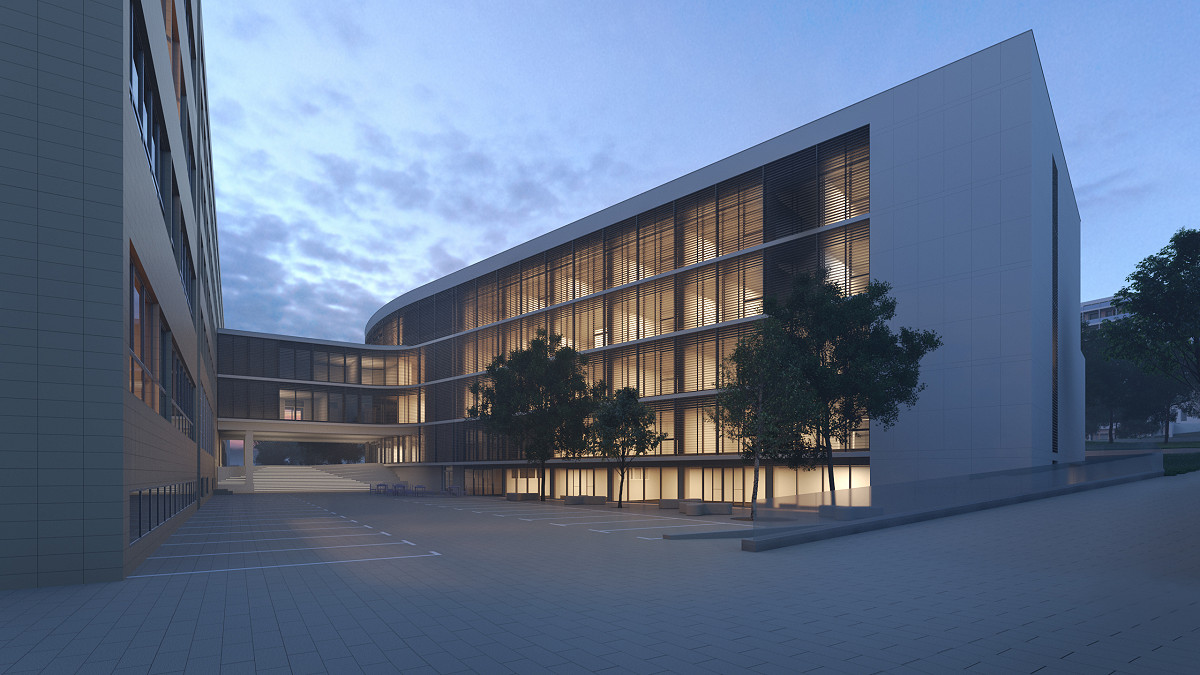Within the University of Pécs, both the Faculty of Engineering and Information Technology and the Medical School have made great efforts in recent decades to ensure that both the infrastructure and equipment supporting education meet modern standards and expectations for educational and research purposes. The Faculty of Engineering deals with PPP reconstruction and the Medical School’s campus has been designed within the framework of the Modern Cities Program.

The constantly expanding services available on the University of Pécs campus increase the possibilities and opportunities for students to have quality experiences. Indoor and outdoor sports facilities are available to our students (gym, swimming pool, outdoor pool, and sports fields), providing the essential conditions for a healthy lifestyle. Additionally, there are also countless restaurants, buffets, and entertainment venues in the city.
The conditions for fulfilling the foreign language requirements required for the completion of the Biomedical Engineering program are provided in our institution. In order to pass the language exam, English and German language instruction takes place four hours a week over the period of four semesters, and two professional language courses serve our foreign language training at the faculty with multimedia language laboratories.